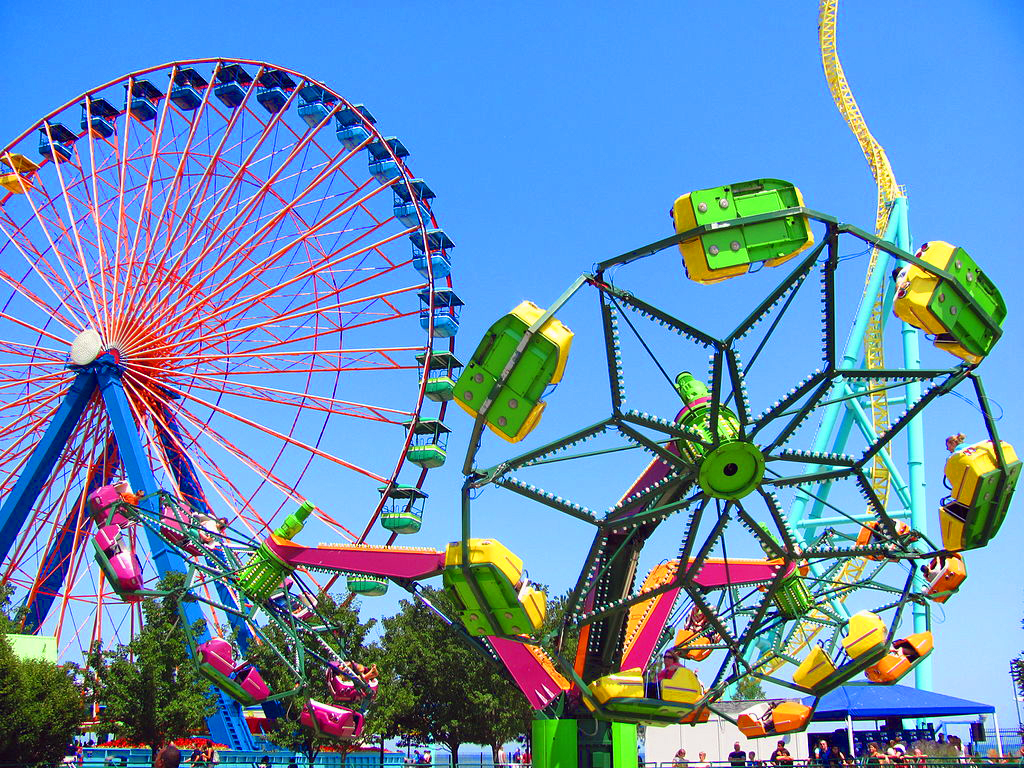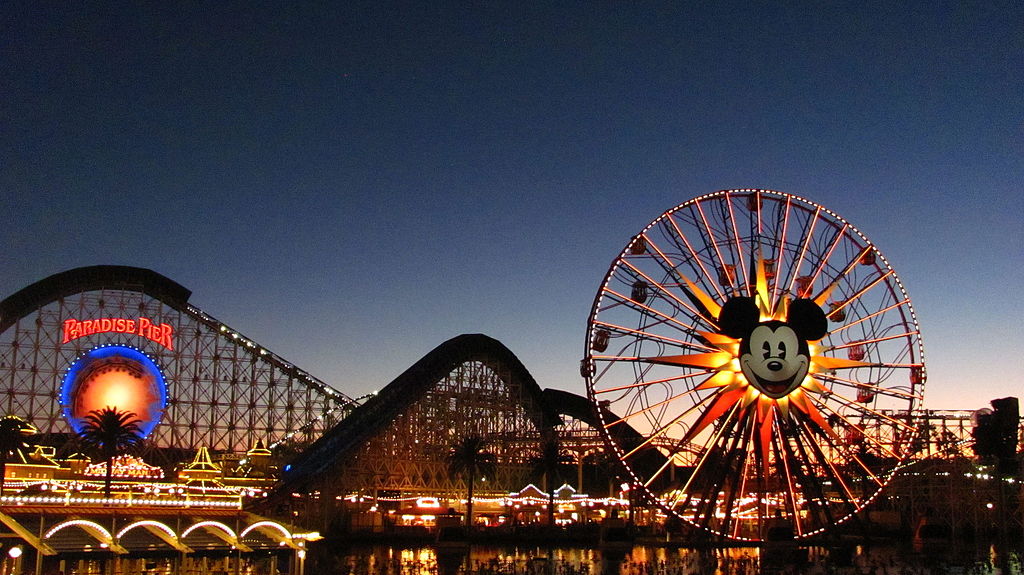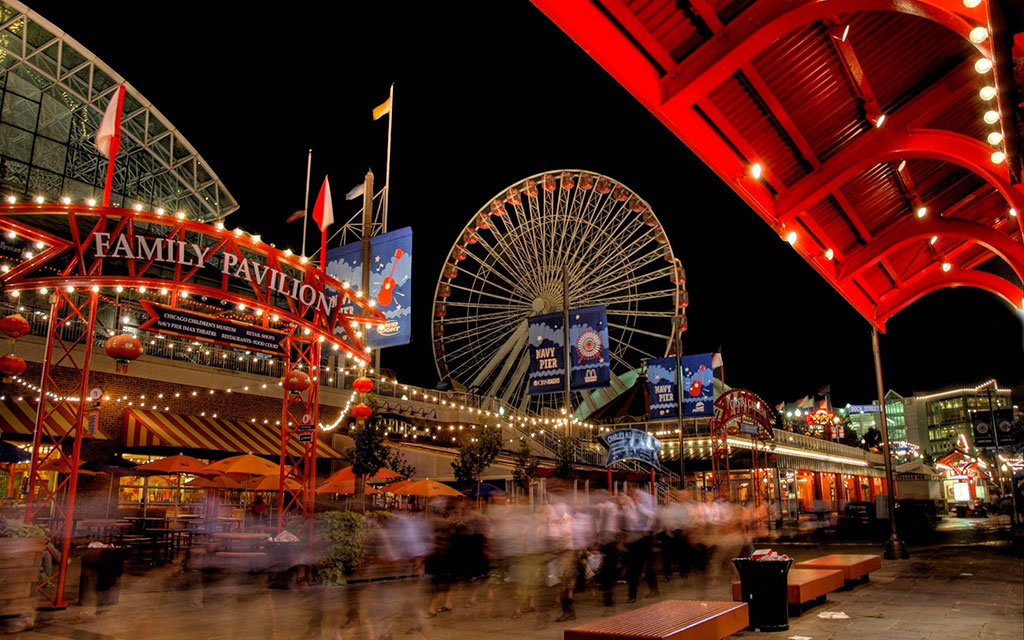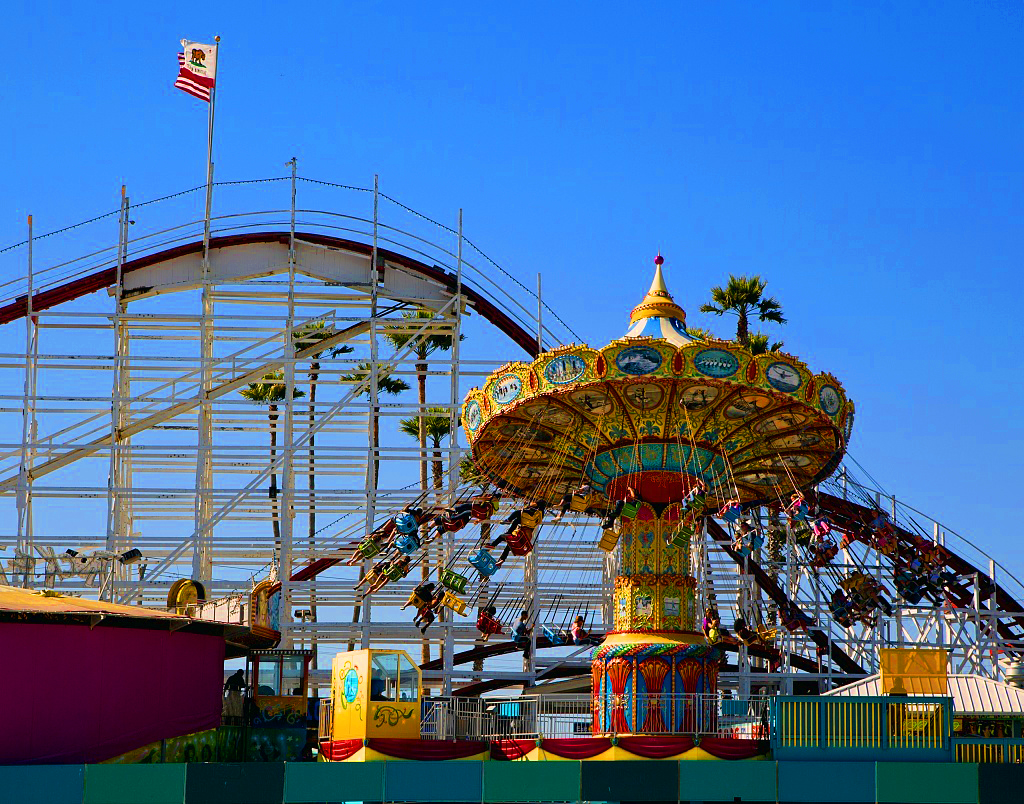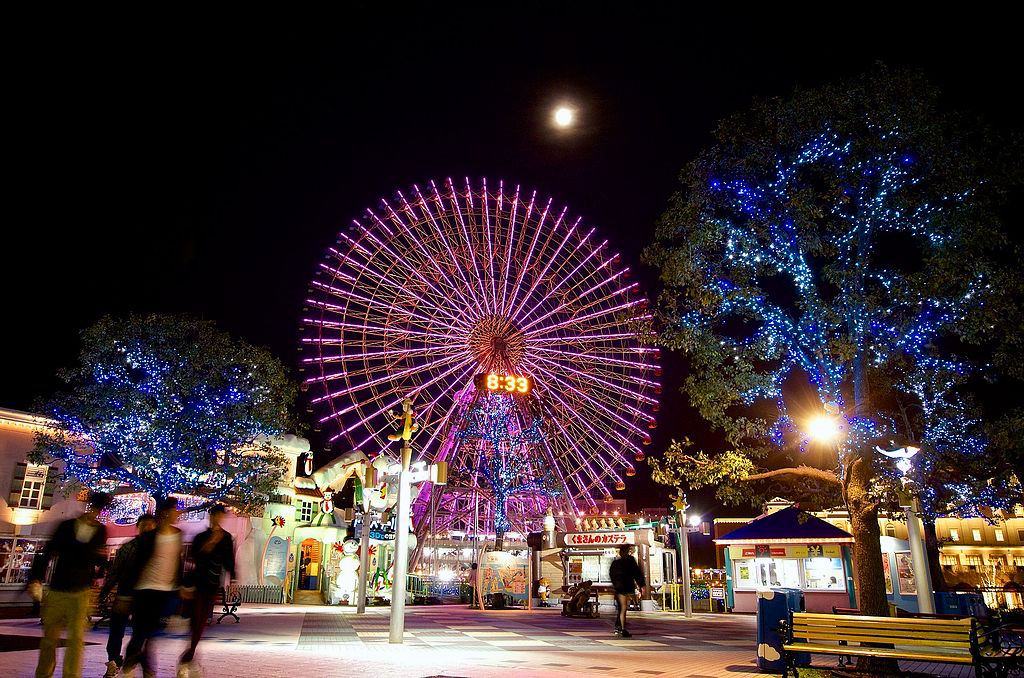Theme Park Design
By: Rick Hess/Mae Case, DI
If you ask us, nothing beats a trip to a theme park in the summertime. It’s the one destination where those looking for an escape can satiate their appetites for adventure, fantasy and excitement. Whether you’re a thrill seeker looking to spend your day plunging down 150-ft. drops and riding out strong G forces, or a hopeful child with the goal of collecting photos and autographs of all your favorite theme park characters, these popular summer destinations have been designed with the sole purpose of giving you the experience of a lifetime. But have you ever stopped to think about just how much time and technical planning goes into providing that feeling of wonder and whimsy when you step through the turnstiles?
A great deal, actually. Just as important as the engineers who design and build the latest and greatest roller coasters are the designers who provide their expertise to create the built environment surrounding these attractions. Believe it or not, some interior designers only work on theme parks, using fantasy, sights, sounds and smells to develop exciting and colorful visual components that are consistent with the park theme, and to enhance the rides, walkways and exhibits. Theme park designers are responsible for developing permanent and temporary animated displays, unique signs, specialized fixtures, and many exciting visual displays that together create the look and feel of an amusement park.
Theme Park Design
Visual emphasis is an important element for theme park design that enhances the theatrical experience of the amusement park, which in turn increases sales and brings more guests to these parks each year.
Wayfinding is another crucial element in amusement park design. Interior designers and architects work together to create paths that lead individuals through the park to each desired location. The use of bold graphics, light, color, signs and unobstructed walkways are just a few design strategies that assist someone in knowing where they are in the park and directing them to the next part of the adventure.
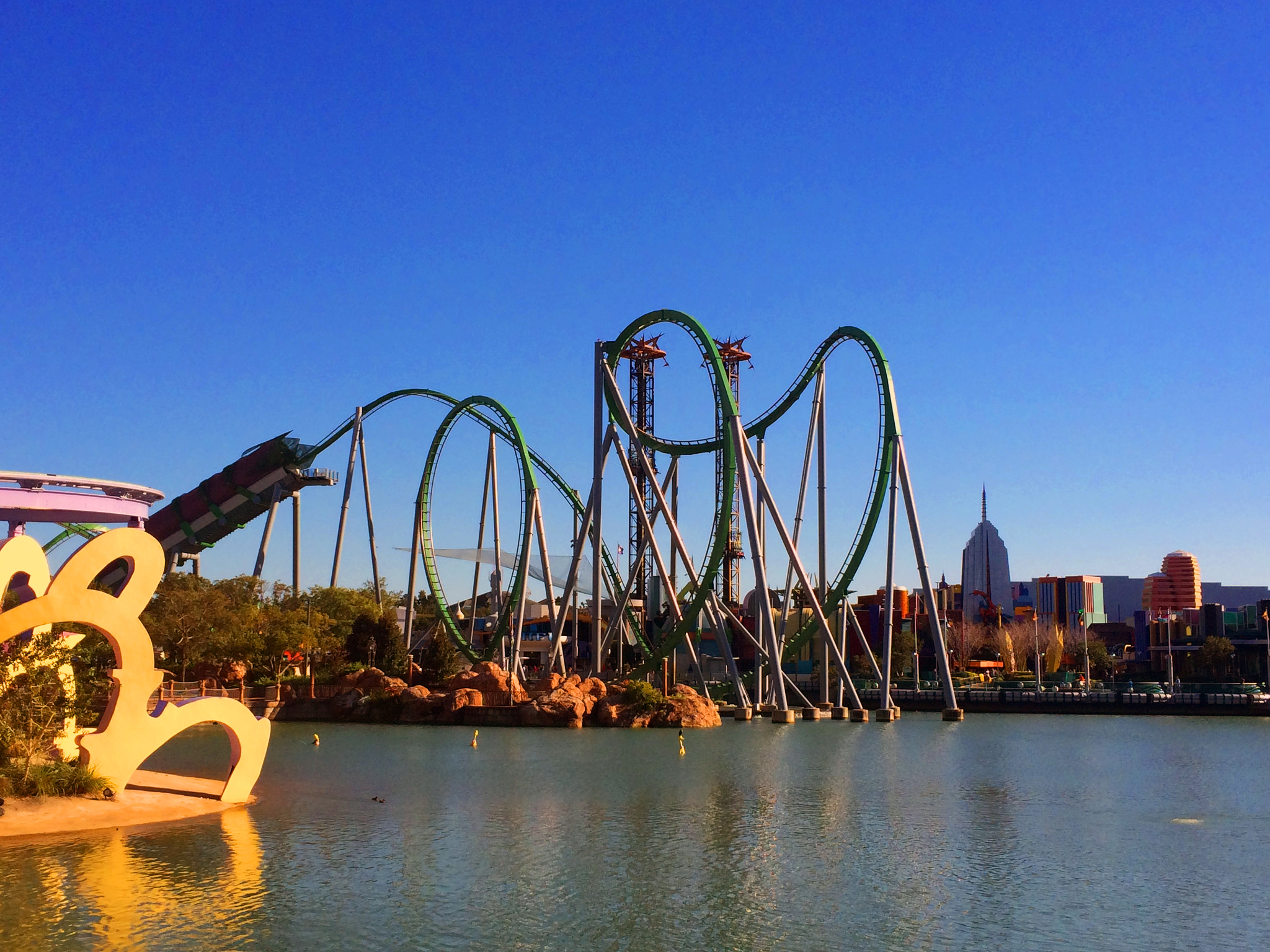
Universal Studios Orlando
Theme parks can be found in countries across the globe and often bring massive pedestrian traffic and significant economic benefits. What does this mean to interior designers specializing in theme park design? It means that the designer, an individual who knows how to marry the right amount of logic and fun through creative design and planning, may have the capacity to stimulate a city’s economy while simultaneously providing a rich and exciting place full of adventure and thrill.
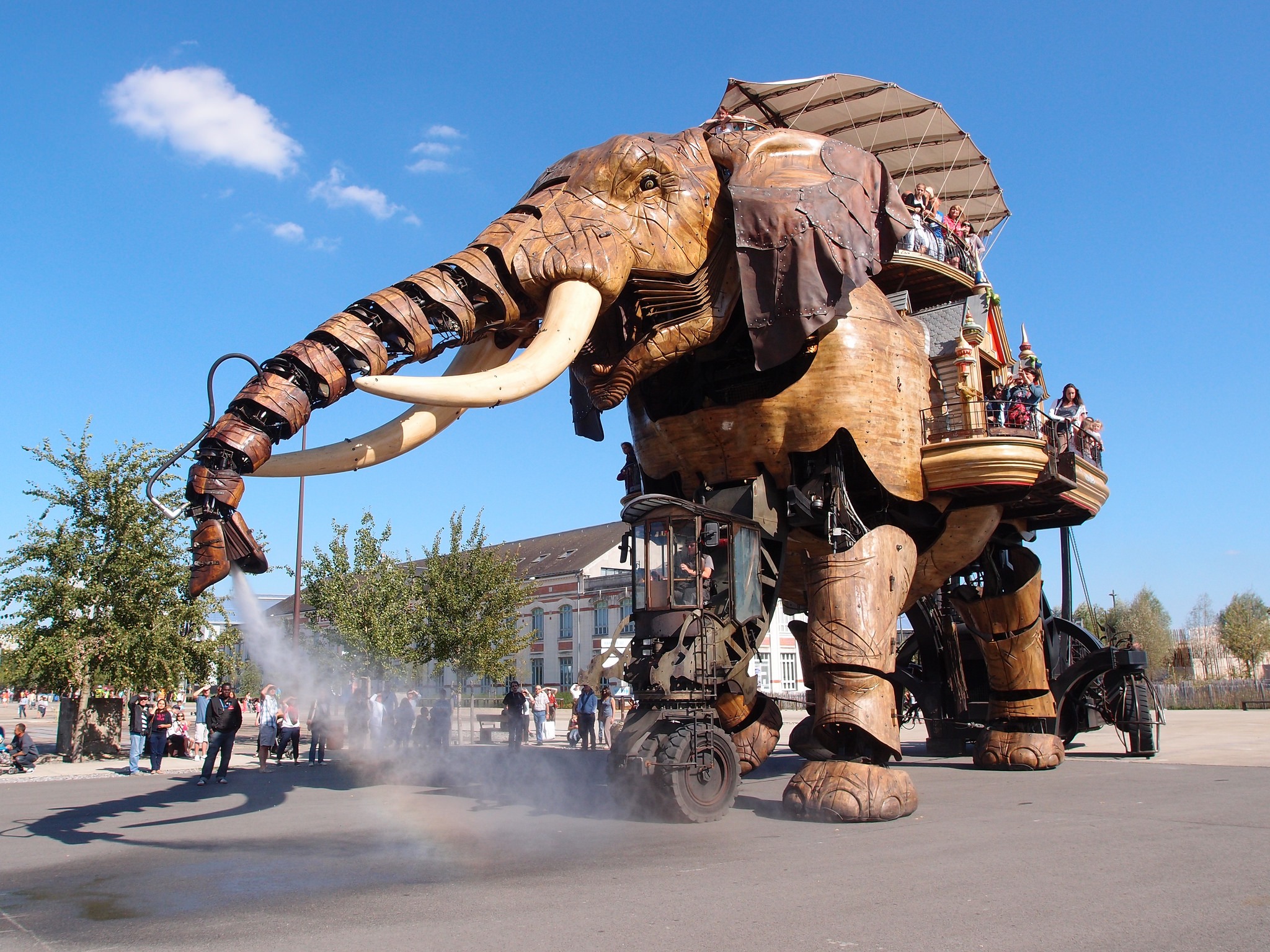
Les Machines de l’île, France
With thousands of visitors flocking to these parks each day, effective theme park design considers a balance of safety, efficiency and profitability, and the design of visual displays and wayfinding systems to help people navigate the site is an art in itself. Most importantly, it’s about providing the visitor with a sense of imagination coming to life right before their eyes, and when it’s done successfully, the meticulous planning looks almost effortless.
There’s a purpose to everything within the park’s walls and each element contributes to the exhilarating experience. It’s only July, so that still leaves half the summer left to plan a trip to your favorite theme park. If you’re interested in interior design as a career, perhaps this time you’ll walk through those turnstiles with a new perspective.
